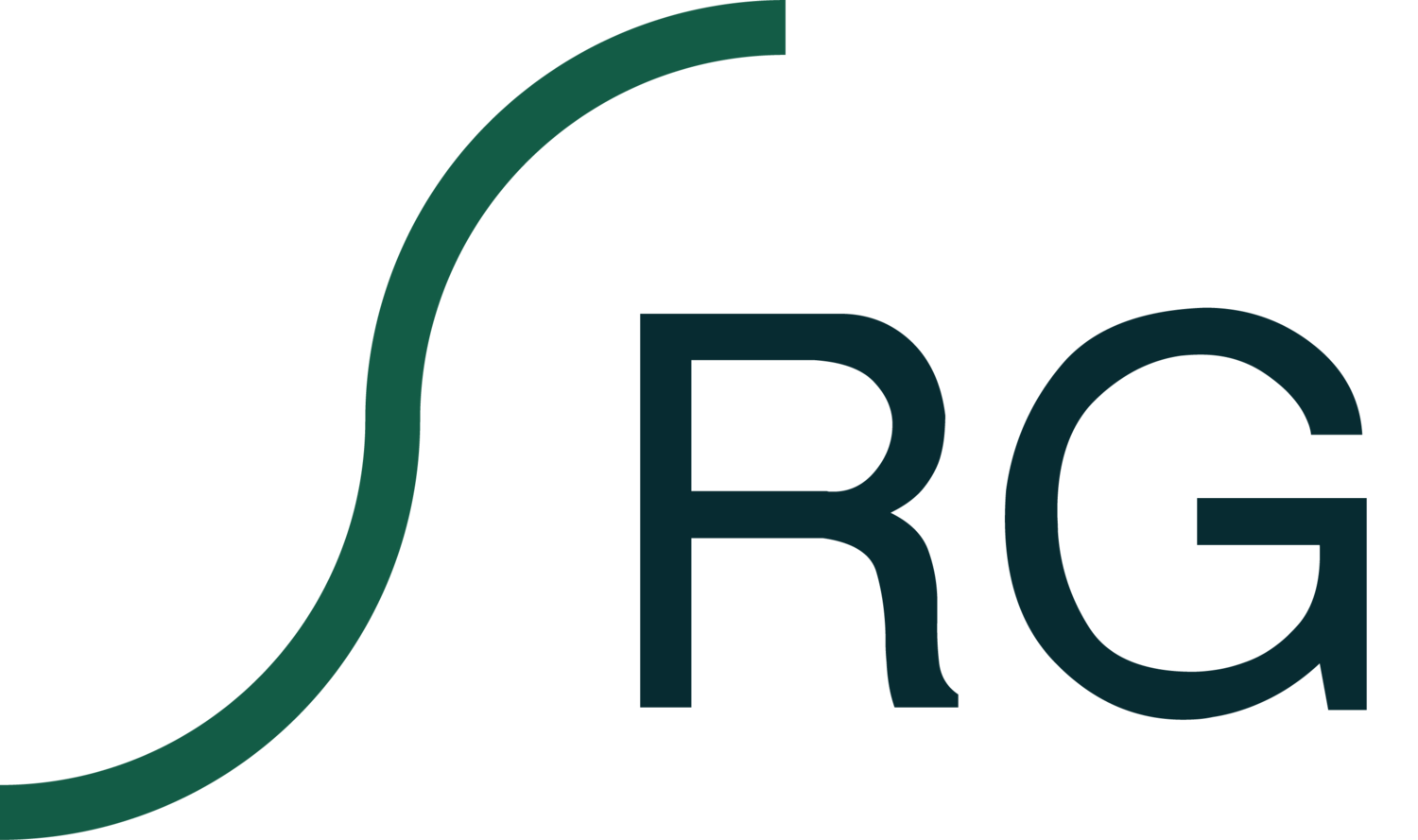Choosing members of a guiding council requires shared values, knowledge of the organization as a system, and understanding how to influence it for sustainable improvement. Guiding Core Councils remove organizational structures that get in the way of Design Team improvement and lock us into the status quo.
Design Teams
Learn how the Design Team model of a networked “Team of Teams” makes effective results. Design Teams are chartered by sponsors as the heart of great improvements to existing processes, services and products that deliver great outcomes for customers and stakeholders. They can also be chartered to design new processes, services, products and technologies. Design Teams are an integral part of successful organizations, and a “team of teams” using Design Team structures in commercial companies report a range of 30% to 60% productivity increase and government uses report more agile and effective adaptation to obstacles.
Brainstorming Fundamentals
Brainstorming is a fundamental way we gather details from Subject Matter Experts (SMEs). Learn what is it in for you and your organization to facilitate and set the stage for SMEs to think and learn freely. With discipline we can prioritize these ideas and determine action items.
The Influence Model
Learn how to connect with and engage subject matter experts (SMEs) as innovators and early adopters to become leaders in our efforts to improve our system through our changed behaviors. To influence change, we must decide what we are trying to improve and what changes lead to improvement.
Learning Lunch Introduction
Watch on Youtube
We recently launched a collection of YouTube videos to supplement our coaching, consulting and learning workshops. Our aim is to connect the science of improvement with evidence-based methods to implement our strategies and tactics. These videos are intended to introduce the newcomer and remind more experienced learners of these very useful practices. We urge everyone to learn the wide variety of methods we use to make improvements. Here we are reminded that a focus on the tools themselves is a waste of time, instead we learn when it is time to use the right methods with the right tools.
We are also reminded that copying what we have seen others do without understanding it is not about learning or improvement. When we find a practice that we’d like to try ourselves, we get someone experienced in the methods to coach our first attempts, so we learn the “know how” as well as the “know why”.
Please think of these videos as brief resources to reach for as a reminder, most are less than 10 minutes. We have organized them in collections and playlists or series of related topics. With some, we’ve included PDFs of the presentations and other supplemental resources. They supplement, yet do not replace learning together with others in our Sergent Results programs and there are other video resources that are part of our learning platform.
PDSA - The Heartbeat
The heartbeat of the scientific method is the testing of our theories through the PDSA, Plan - Do - Study - Act cycle of learning and improvement. It is a way for us to develop pragmatic knowledge, meaning we can test our theories and see the evidence for ourselves, and then test the theory again and again in different situations to expand our knowledge and spread the improvement throughout our organization and system.
Aim, Purpose, Vision, and Mission
As Margaret Mead said, “Never doubt that a small group of thoughtful, committed people can make a difference. Indeed, it is the only thing that ever has.” Be a part of that difference and help your organization find its aim and purpose. Use values to guide your organization to that aim, and vision to direct its mission.
Value Stream Mapping
Value Stream Mapping (VSM) helps you understand the flow of value in your organization's processes, and is a visualization of everything you do in your value stream.
Affinity Grouping, Digraphing, and Prioritization
What should you do when a group of subject matter experts (SMEs) brainstorm a high volume of ideas for improvement or have many solutions to identified problems? What does the team act on first? Learn how to facilitate affinity grouping, digraphing, and prioritization with SMEs to quickly prioritize and understand the interrelationships between groups of ideas to act on.
Understanding a Theory of Knowledge
What is knowledge? How do we know what we know? Knowledge comes from testing a theory and seeing the evidence for ourselves.
Get A Grip Model
Align team interactions and decisions with the "Get A GRIP" model. The model is useful for improving and diagnosing team effectiveness in written surveys or more informal, on-the-spot voting by show of hands in team meetings.
Basic Principles of Effectiveness
Learn to use professional and organizational effectiveness to prepare teams for cooperation by understanding the basic principles of effective teams. Increase trust, reduce fear, and improve outcomes in your organization.













